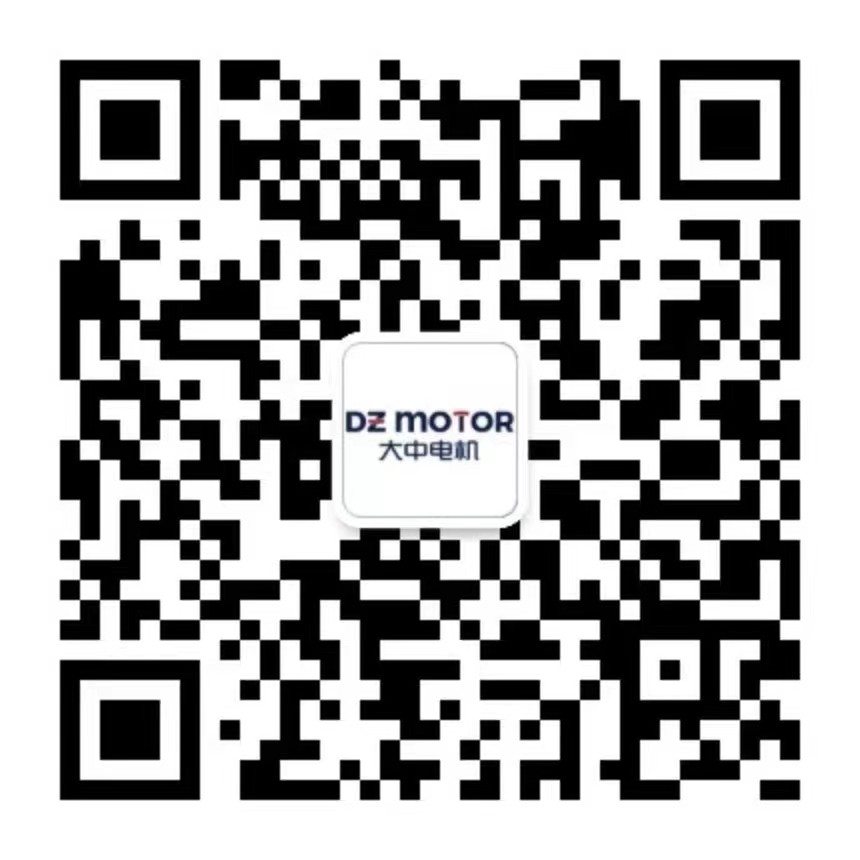As a multi rotation (usually 60 pairs of poles) synchronous motor, a stepper motor can drive the motor rotor to rotate at a step angle of 1.9 degrees when the stator current of the motor changes multiple times. Therefore, it can be used as an electric actuator for converting electric pulse data signals into angular displacement or linear deviation. In fact, the key to the operation of a stepper motor depends on the amount of current passing through the motor stator to form the torque that drives the motor rotor to operate. The operation of motor current is completed by a stepper motor controller, which converts the differential signal sent by the control panel into the angular displacement of the motor. Therefore, the stepper driver can be used as a power amplifier, and its key daily task is to demodulate all the current required for motor operation based on PWM.
The current of the stepper motor during the operation of the stepper driver is damaged by the stator resistance, inductance, and back electromotive force formed during the entire process of stepper operation. The inductance and current of a stepper motor are both small, but the back electromotive force formed by the motor rotor in the motor stator poses greater harm to the current. Therefore, it is important to analyze the harm of back electromotive force on motor torque. The fundamental electromotive force formed when the motor runs at a constant speed is sinusoidal, and the relationship is as follows: E=p φ m ω, sin( θ T) Where p is the larger value of the stepper motor, p=60 φ M is the magnetic induction constant of the back electromotive force of the motor, which is related to the common raw materials of the motor rotor, ω T is the angular velocity of the motor rotor, θ T is the position of the motor rotor. Stepper motors are much larger than regular synchronous motors or communication motors, so the same speed ratio will generate twice the back electromotive force. In addition, the larger the motor rotor, the greater the back electromotive force constant, and the generated back electromotive force will increase in a tail wave.
The daily task of a stepper driver is to demodulate all necessary currents in the motor stator based on the load. Actually, the following physical equation needs to be considered: U=IR+L dI/dt+E, and the working voltage U needs to be demodulated based on PWM. In PWM with a cycle time of T, it is necessary to calculate the on/off time ton to increase U=ton/t Ubus (0 ≤ ton ≤ T). Because the resistance R and inductance L of the motor are relatively small, the back electromotive force is a key factor in damaging the stepper driver. According to the experiment, it can be known that the back electromotive force formed by the 87 stepper motor when rotating at around 400 rpm is above 47V, while the back electromotive force formed by the 67 motor when rotating at around 350 rpm is around 47V. When the back electromotive force of the motor exceeds the given bus voltage, the controller PWM demodulates it to a "saturated state", so it cannot display kinetic energy to the motor, which in turn absorbs and absorbs kinetic energy, so the torque of the motor will gradually decay. The speed is getting faster and faster, and losing step is easy.
Therefore, the selection of the working voltage of the stepper driver is related to the model and specifications of the driven motor. The higher the working voltage of the stepper driver, the wider the range of PWM demodulation, which can compensate for the back electromotive force formed by the high-speed operation of the motor, and is more conducive to the high-speed operation of the motor. A high torque stepper motor controller needs to be installed to fully utilize its high-speed characteristics. For example, the high-speed characteristics of the 87 stepper motor at 28V specifications may not be as good as the 67 motor. The fundamental reason is that the 87 motor easily forms a relatively high back electromotive force under high-speed specifications, which drives the PWM demodulation of the stepper driver to quickly enter a saturation state, causing significant current decay and forming a fast torque decay coefficient. Under high voltage specifications, there will be a torque of 87 motors, resulting in a torque greater than 67. This is a key issue that should be noted in the selection of stepper drivers and steppers.


